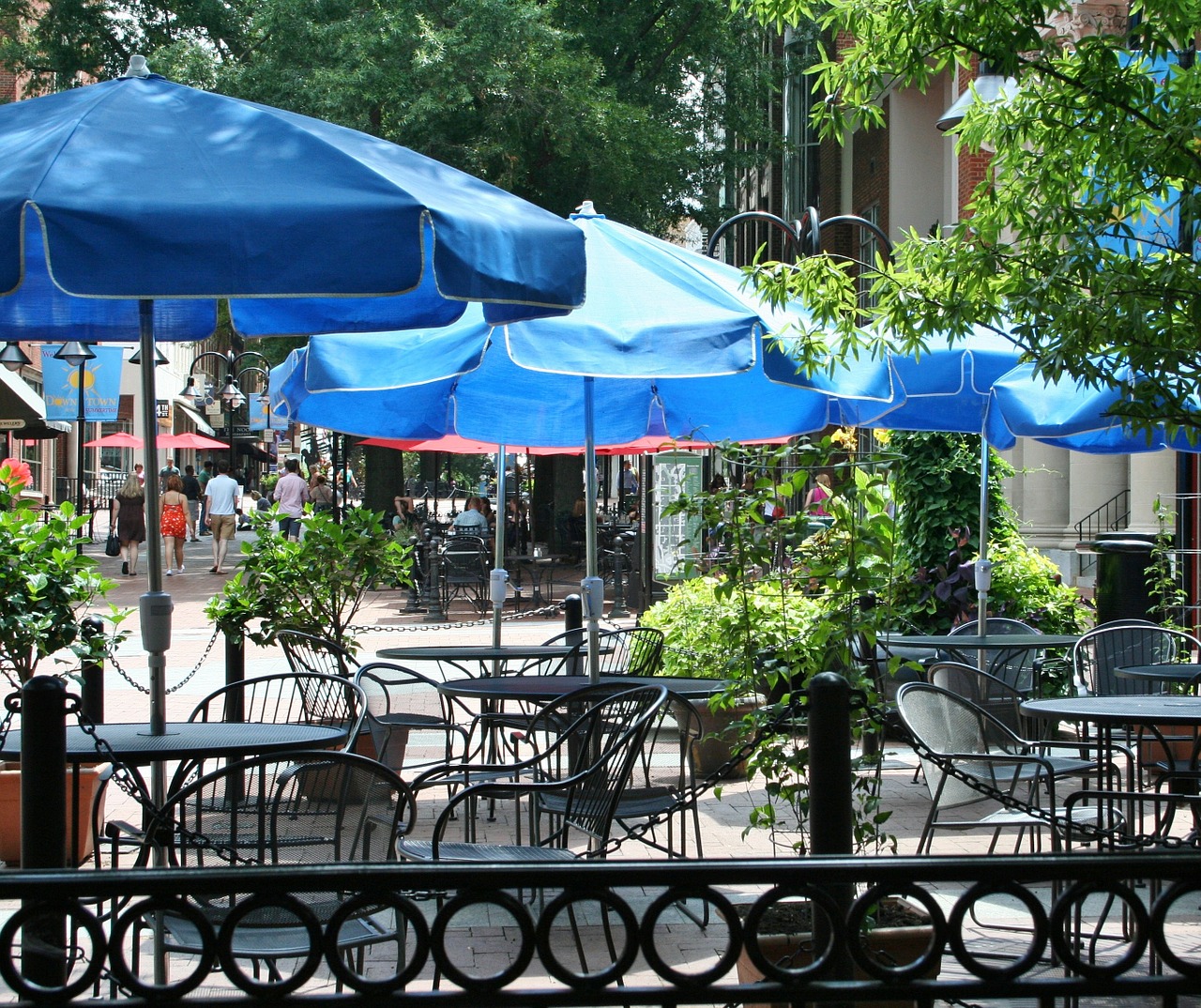Millennials and Baby Boomers… the two generations may not seem to have anything in common, but when it comes to preference for the type of community they want to live in they are in agreement – “give us walkable places!”
In a recent study published by the American Planning Association, “56% of millennials and 46% of boomers” said they would prefer to “one day live in a walkable community.”
When asked why would they prefer to change where they live, both millennials and boomers expressed a preference for places that offer good transportation options, with good job prospects, that are affordable, diverse in kinds and ages of people, offer community engagement opportunities, have parks and trails, have safe streets, have hospitals, and healthy food options.
Among those interviewed by APA, “31% percent of Millennials and 21 percent of Active Boomers”say they want transportation options beyond a car: trains, light rail, buses, carpooling, car sharing, ride sharing, bicycling, and bike sharing or walking. It didn’t matter if the respondents lived in the city, suburbia, or rural areas, they all wanted more transportation options.
Walkable places are increasingly important for and desired by people regardless of where they live. Cities, suburbs and rural communities are all increasingly under pressure to provide these changes. And having boomers and millennials both moving into the same communities would be good not only for the economic development of that place, but for the overall health of the community; it really begins to look like the classic American small town ideal that most of us wish for, but left behind long ago. Our evolution to our current car-centric design has stranded many older adults that are healthy enough to live in their own home, but who have had to give up driving, and thereby lost the option to live independently. The walkable place would help return us to days when children walk and bike without having their parents worry as much about their safety; it might even eliminate the daily long line of SUVs lined up at the school bus stops!
It’s important to realize that this movement is taking root with people who have a car, but who want to either give up their car or supplement it with other options to live their daily lives. I think many of us are starting to look for places to live where we can find a sense of community; places with quality of life features and vitality. And this happens when people can get out of their cars and get to know their community. So here’s to the boomers and the millennials leading us toward more walkable communities!

